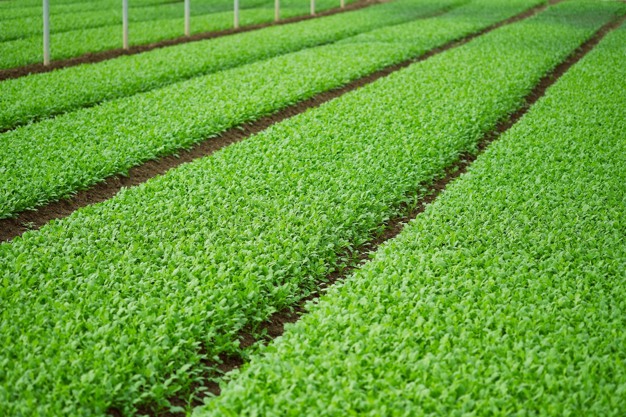
21 May Sele Plain: New Scalable Method for the Extraction of Active Ingredients from Rocket
The Sele Plain is again confirmed as a center of agricultural excellence and innovation. A scalable method for the extraction of active ingredients from rockets has been developed. This process, the result of a collaboration between research institutions and local producers, represents a breakthrough for the agricultural, pharmaceutical, and nutraceutical industries.
Rocket, a plant typical of the Sele Plain, is appreciated not only for its gastronomic properties but also for its health benefits. Among its active ingredients, glucosinolates, compounds with potential preventive effects on degenerative diseases, such as cancers, stand out. However, these compounds’ effective and sustainable extraction has been challenging. With the new method, it will be possible to obtain pure extracts of glucosinolates and other phytonutrients from rockets. This will simplify the production of supplements, functional foods, and pharmaceuticals.
Innovation in the Service of Agriculture and Health
The new extraction method is not only an achievement for the Sele Plain but also has global implications. The technique is scalable and adaptable to different production realities, opening up new market opportunities for Rocket and other local products. It is expected to become a standardized process for other crops rich in active ingredients.
This achievement has important economic spin-offs for the area and marks a turning point for sustainability. The extraction process is designed to have a low environmental impact, which is in line with the commitment to sustainability that characterizes producers in the Sele Plain.
With this innovation, rocket is no longer just a leaf with a strong flavor, but becomes a valuable resource for health and well-being. Once again, the Sele Plain demonstrates its agricultural potential and its ability to innovate thanks to the synergy between agriculture and science.
